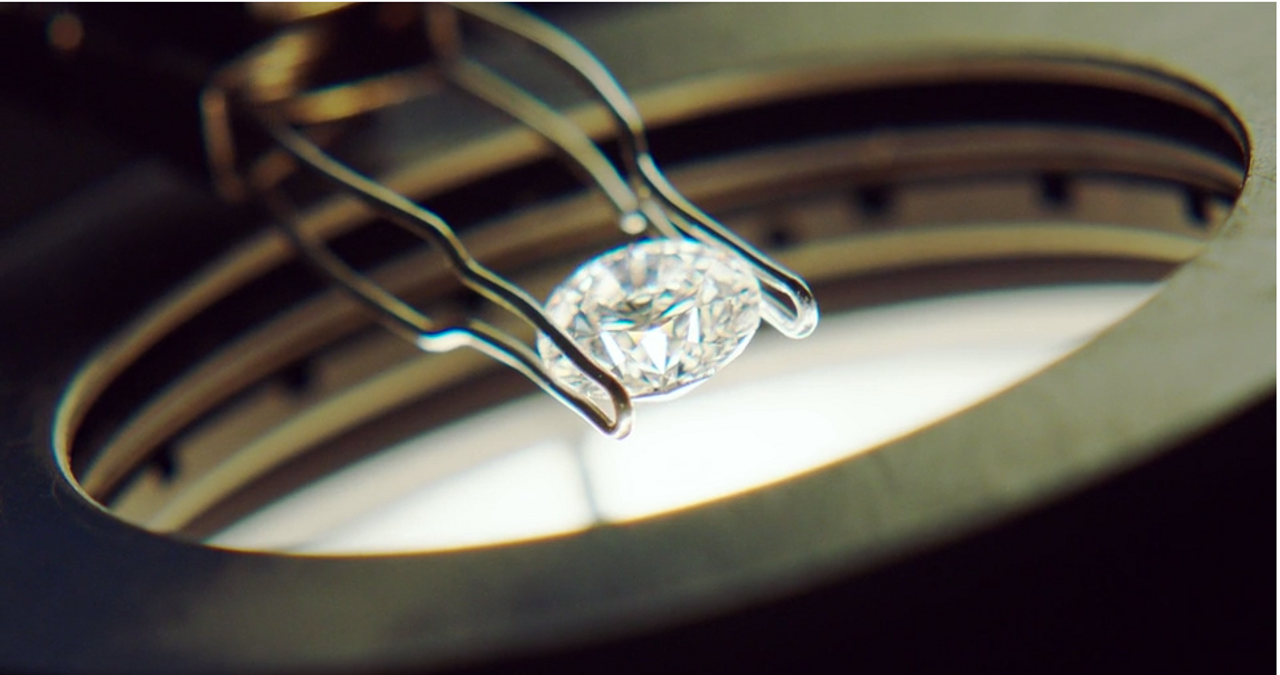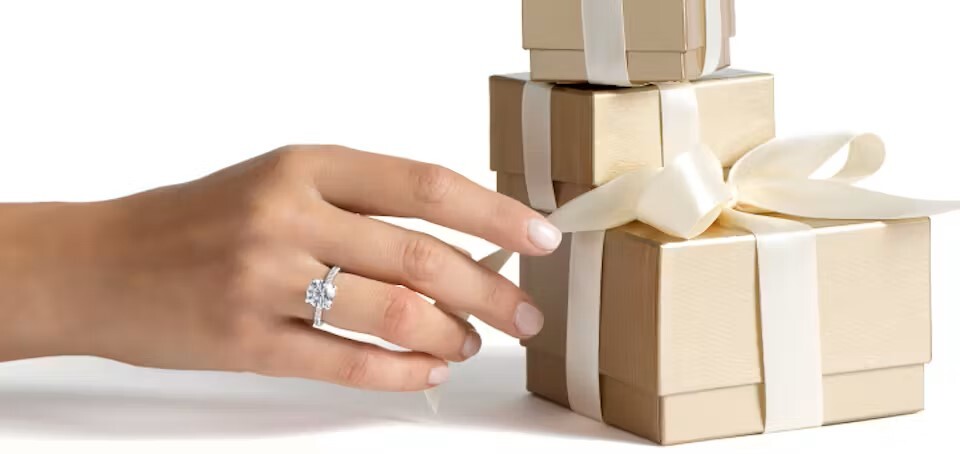Cut is the most technical and arguably the most important of all diamond characteristics. Unlike color, clarity, or carat weight, cut is the only one of the Four Cs entirely determined by human craftsmanship. It plays a defining role in a round diamond’s sparkle, beauty, and value.
Cutting a diamond is both a science and an art. Approximately 50% of the rough stone is lost in the process. Every facet must be in precise geometric relation to the others, and the culet must be centered. The diamond is then polished to stringent standards to reveal its full potential. It refers to the precise artistry of shaping a diamond using physics, advanced technology, and the skill of a trained cutter. Symmetry and proportions are key.
An excellent cut diamond optimizes the way light travels through it, maximizing sparkle, what we call fire and brilliance. Cut grades such as Excellent, Very Good, or Good help indicate how effectively a diamond reflects and returns light.
- Ideal Cut: Reflects light through the top of the diamond for maximum sparkle.
- Deep Cut: Loses light through the sides, making the diamond appear darker.
- Shallow Cut: Light escapes out the bottom, diminishing brilliance.
The GIA cut grade applies only to round brilliant diamonds, as it is the only shape with standardized proportions and measurements for evaluating light performance. Fancy shaped diamonds like ovals, cushions, emerald cuts, and pears do not receive an official cut grade, so assessing their beauty depends more on expert evaluation of proportions, symmetry, and craftsmanship.










